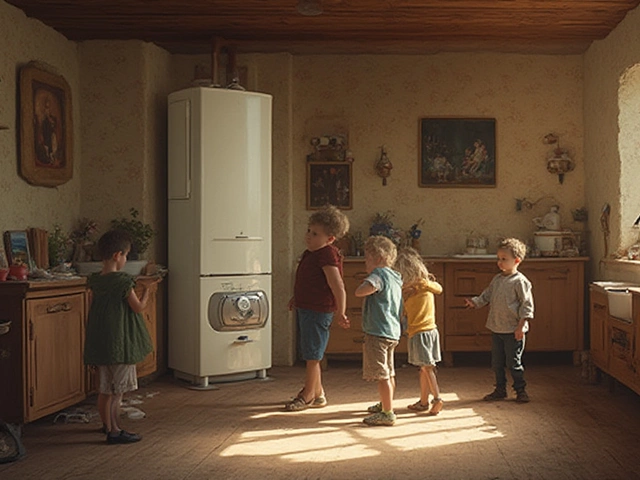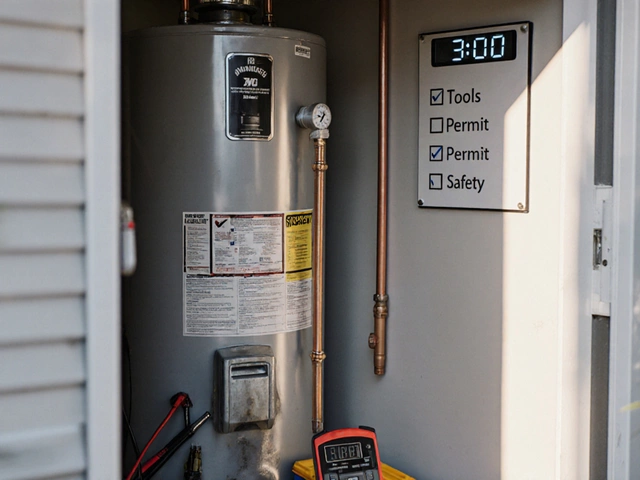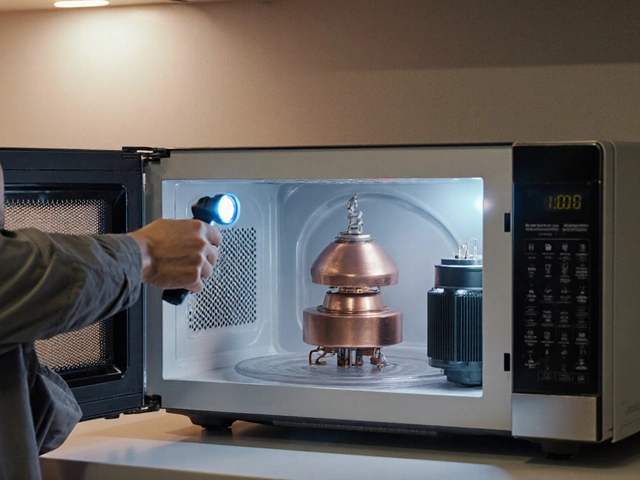Can a Boiler Really Last 50 Years? Lifespan, Tips & Facts Explained
July 11 2025How Appliances Work – Simple, Practical Guide
Ever wonder what makes your boiler fire up, your kitchen fan spin, or your dishwasher clean dishes? Most of these gizmos follow basic principles that are easy to grasp. Knowing the basics helps you spot problems early and decide when to call a pro.
The Basics of Gas‑Powered Appliances
Gas appliances—like boilers, water heaters and some cooktops—use a flame to heat water or air. The key parts are the burner, a thermostat, and a safety valve. When you turn the thermostat up, the valve opens, gas flows to the burner, and a spark ignites it. Heat is transferred to water or radiators, then the thermostat tells the system to shut off once the set temperature is reached. If the safety valve detects a leak or low pressure, it stops the gas flow to prevent danger.
Regular cleaning of the burner and checking the flame colour (it should be blue) keep the system efficient. A yellow or uneven flame usually means dirty jets or a faulty gas supply, and that’s a sign to call a qualified engineer.
Common Tips to Keep Your Appliances Running Smoothly
Even non‑gas appliances follow simple rules. Extractor fans, for instance, rely on a motor and a set of blades that pull air through a filter. Over time, grease and dust clog the filter, forcing the motor to work harder. A quick monthly clean—wipe the blades, rinse the filter, and check the wiring for any loose connections—keeps the fan quiet and effective.
Heat pumps move heat instead of generating it. They have an outdoor coil that absorbs heat from the air and an indoor coil that releases it. Keep the outdoor unit clear of debris and trim back bushes so air can flow freely. If the pump starts making strange noises or loses efficiency, the refrigerant level might be low, which needs a professional check.
Ovens and microwaves share a common issue: heating elements wear out. In an oven, the element warms the cavity; in a microwave, the magnetron creates microwaves. A quick visual check for cracks, scorch marks, or uneven heating can tell you whether a simple replacement will fix the problem.
Water heaters, whether gas or electric, build up sediment at the bottom of the tank. Sediment acts like an insulator, making the heater work harder and shortening its life. Flushing the tank once a year—by turning off power, attaching a garden hose to the drain valve, and letting the water run—removes the buildup and restores efficiency.
Finally, always listen for abnormal sounds. A humming boiler, a rattling fan, or a buzzing dishwasher often signals a loose part or worn bearing. Catching these early can save a costly repair later.
Understanding the core ideas behind how appliances work empowers you to maintain them better and decide when a professional is truly needed. Keep an eye on performance, do the simple clean‑ups, and enjoy reliable, safe appliances year after year.
 4 Jul
4 Jul
How Common Household Appliances Really Work: Explained Simply
Discover the secrets behind common household appliances. This article breaks down how each one actually works—no complicated jargon, just clear, practical explanations everyone can understand.
Read More...



